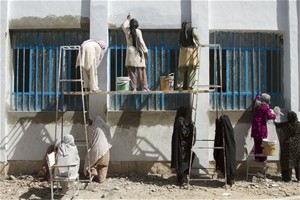
In Farah City, women work on the exterior of the Women’s Affair’s building. More than 410 female laborers were hired for major renovations like re-plastering and painting.
USAID
A school renovation project in Farah City brings education buildings back to life and creates learning opportunities
15 NOVEMBER 2011 | FARAH, AFGHANISTAN
CHALLENGE During the Taliban’s rule, most schools across the country were closed or abandoned. Education for girls was illegal. Schools were often attacked and the whole concept of secular education was abandoned. Although schools are now opening across the country, with many offering education to girls, most schools are in deplorable condition, being neither suitable nor safe for children. In Farah City, many local school buildings were disintegrating in the heat and desert air. For local government officials, there was little or no money to apply to school renovations.
INITIATIVE Working with local community leaders and educators, USAID, and its implementing partner Central Asia Development Group, determined that a school renovation project was viable. Although there were some pockets of opposition, the local government was happy to entertain a proposal that would bring five schools across the city back into operation.
Using a previous school refurbishment model that was proven successful in Jalalabad, women were hired for most of the painting, plastering, retiling, and other upgrades. The USAID-funded project had two goals: restore the schools and train local women in painting, plastering, and other basic construction skills.
RESULTS More than 400 women were hired for the three-month project along with a number of men who were skilled in electrical work and plumbing. The results were dramatic. The schools, once empty and rotting in the air, were transformed into reputable and safe institutions of learning with a capacity of several thousand students. Classrooms were cleaned, replastered, and painted. Windows were reframed and screened to keep out disease-carrying mosquitos.
At an orphans’ school, all the classrooms, the dormitories, and the kitchen were renovated for the estimated 180 children who live on the grounds. Jam Mohammed, the orphanage administrator said, “The kids now have better conditions to study. The school looks new and the children are happy. When we started the project, we had no idea that the work would be so good and school would look brand new.”
Because of the project, thousands of kids in Farah will have an opportunity for higher learning and perhaps a brighter future.

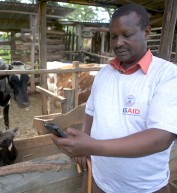

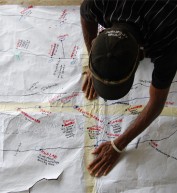
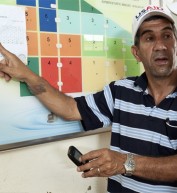

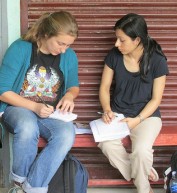
Comment
Make a general inquiry or suggest an improvement.